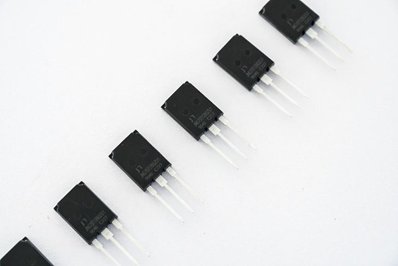Why Do Power Semiconductors Explode?
The explosion of power semiconductor devices is generally in a short circuit state. The chip bears high voltage and high current at the same time, and the transient power loss is extremely large. When the short circuit state is too long (the driver is not well protected), the heat generated will break the chip (non-uniform internal stress) and the surrounding area in a short time. The material (surface aluminum layer, aluminum wire) vaporizes to produce an explosion.
1. Is the reason why the power semiconductor overheats and explodes, is it because a large amount of heat heats the air, causing the air in the semiconductor package to expand rapidly? The picture below is the pressure package of IGCT found on the Internet, and the explosion is suppressed by thick steel plates.

Devices that press thick steel plates cannot guarantee that they will not explode. The shock wave is suppressed by the steel plate and will be less destructive.
2. If the inside of the detonator is evacuated, will it still cause an explosion? If not, why is the industry not taking such measures?
Nor would a vacuum, since the explosion is not caused by the expansion of air.
3. If it is due to the problem of thermal conductivity, can the explosion be avoided theoretically by filling it with a high boiling point liquid?
Any packaging material cannot meet the heat dissipation requirements in such a short time, because the thermal resistance of the chip itself limits the heat dissipation.



